Imagine a world where sunlight never shines, oxygen is nowhere to be found, and survival means drawing energy from the most unlikely of sources—metal. It sounds like something straight out of a science fiction novel, yet this hidden world is alive beneath our feet and deep within the Earth’s crust. These are the microbes that breathe metal, pushing the boundaries of what we once thought possible for life. Their existence is not only awe-inspiring but also reshaping our understanding of biology, evolution, and the very meaning of “habitable.” Let’s step into this shadowy, electrifying realm and meet the extraordinary organisms that thrive where others would perish.
Unveiling the Secret World of Metal-Breathing Microbes

For centuries, scientists believed that all life needed either sunlight or, at the very least, oxygen to survive. But deep below ground, in the pitch-black and airless corners of the planet, microbes were busy rewriting the rules. These organisms can literally “breathe” metals such as iron and manganese, using them the way humans use oxygen. These tiny powerhouses thrive in environments that would suffocate nearly every other form of life. It’s a revelation that challenges what we know about biology and makes us wonder what else might be lurking, unseen, in the darkness.
What Does It Mean to “Breathe” Metal?
To most people, breathing means taking in oxygen and releasing carbon dioxide. For these microbes, breathing is a very different process. Instead of oxygen, they transfer electrons to metals like iron or manganese, effectively using these elements as a substitute for air. Think of it as plugging themselves into a natural battery and using the flow of energy to power their tiny bodies. This process, called anaerobic respiration, is both ingenious and essential for surviving in places where oxygen is just a dream.
The Marvels of Anaerobic Respiration
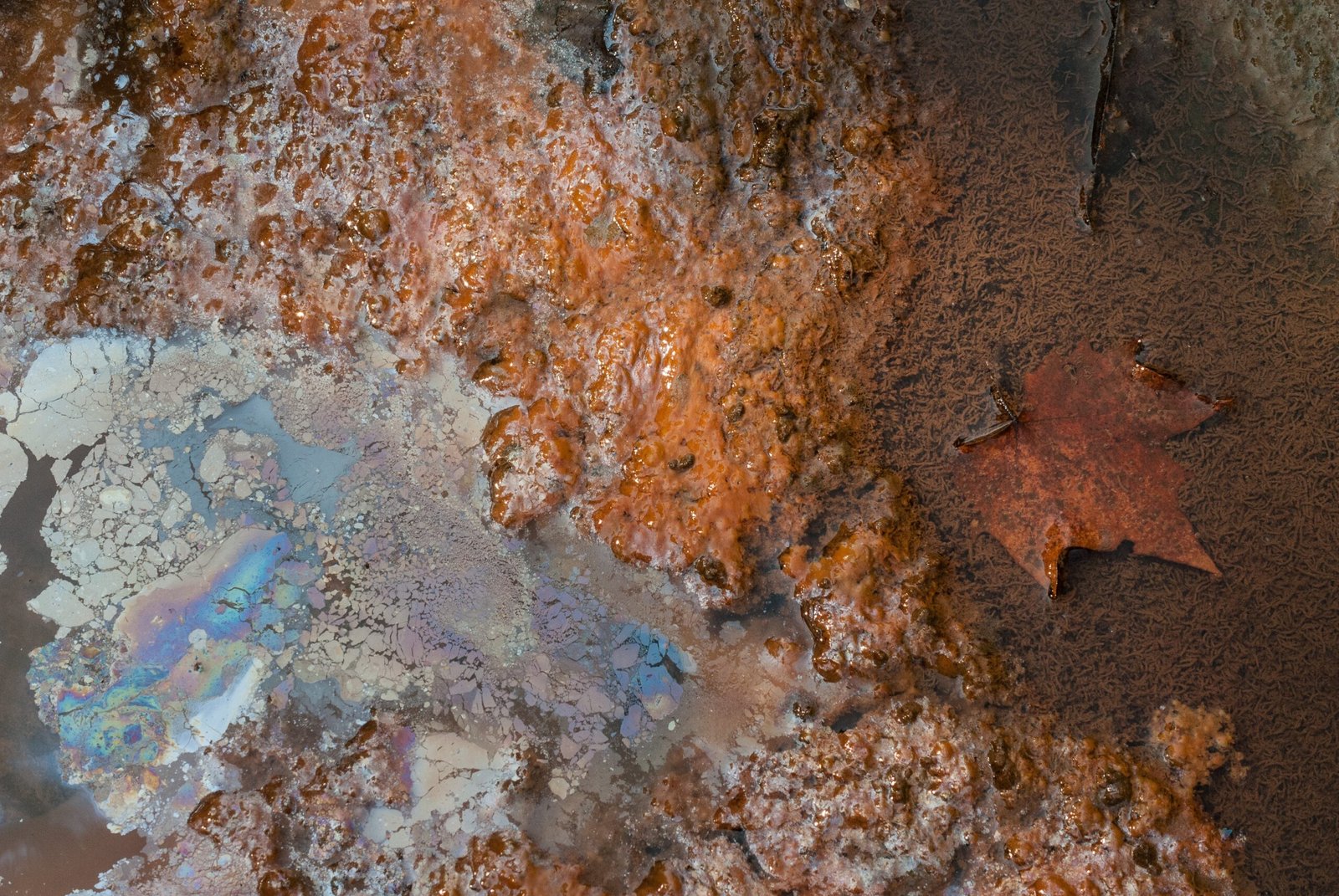
Anaerobic respiration doesn’t just help these microbes survive—it makes them masters of adaptation. When oxygen is unavailable, these microbes turn to other molecules, such as nitrates, sulfates, or metals, to accept electrons and keep their metabolism running. It’s like a chef who can whip up a meal from whatever’s left in the pantry, no matter how strange the ingredients. This flexibility allows metal-breathing microbes to colonize some of the most extreme and isolated habitats on Earth.
Where Do Metal-Breathing Microbes Live?
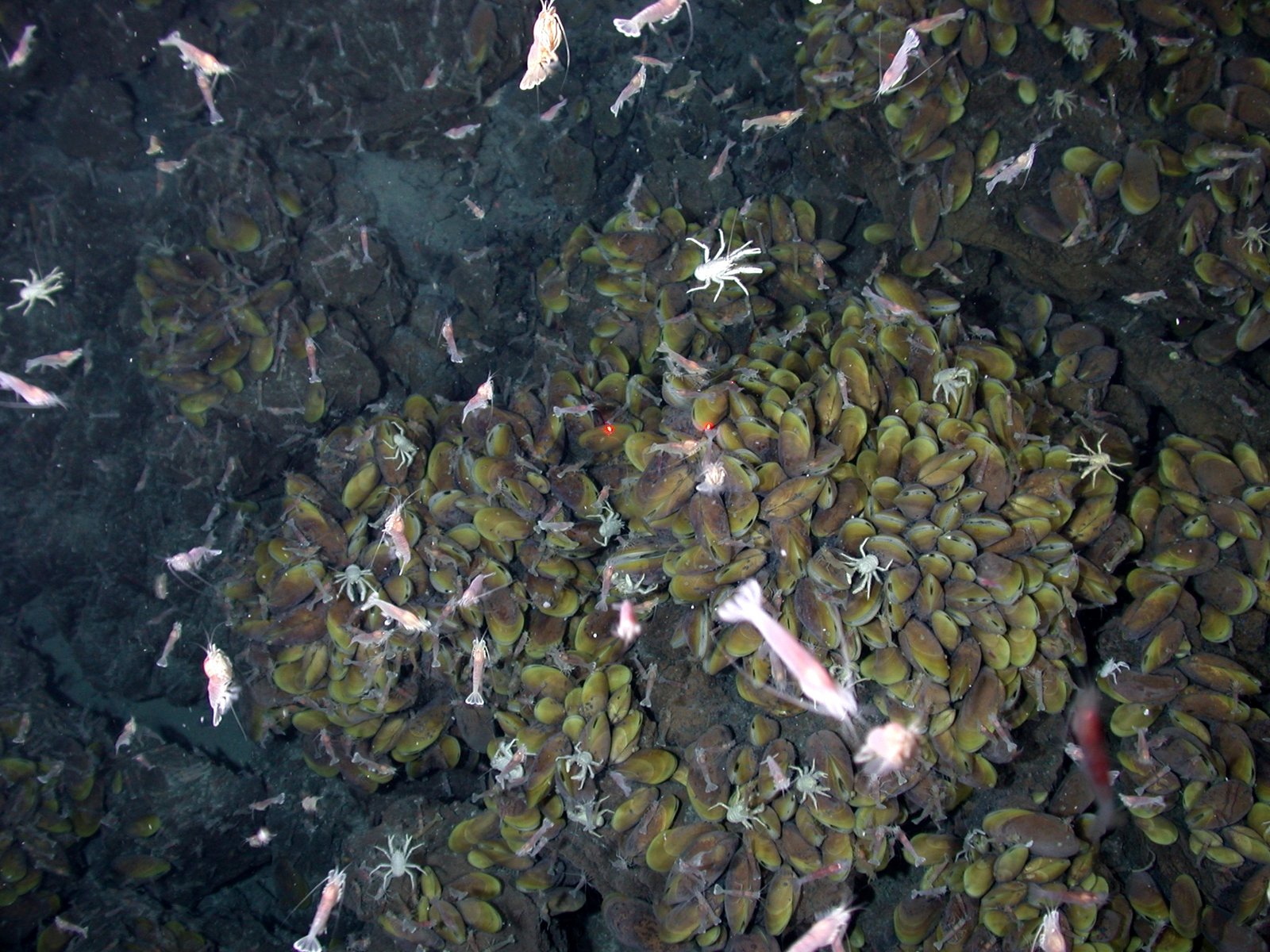
The habitats of these microbes are as extreme as their abilities. You’ll find them deep underground in mine shafts, within the muddy bottoms of lakes and rivers, and even inside hydrothermal vents on the ocean floor. Some have even been discovered in contaminated groundwater and ancient rocks, living quietly for millions of years. These environments are often devoid of light and starved of oxygen, making them perfect playgrounds for life forms that break all the rules.
Meet the Superstars: Geobacter and Shewanella
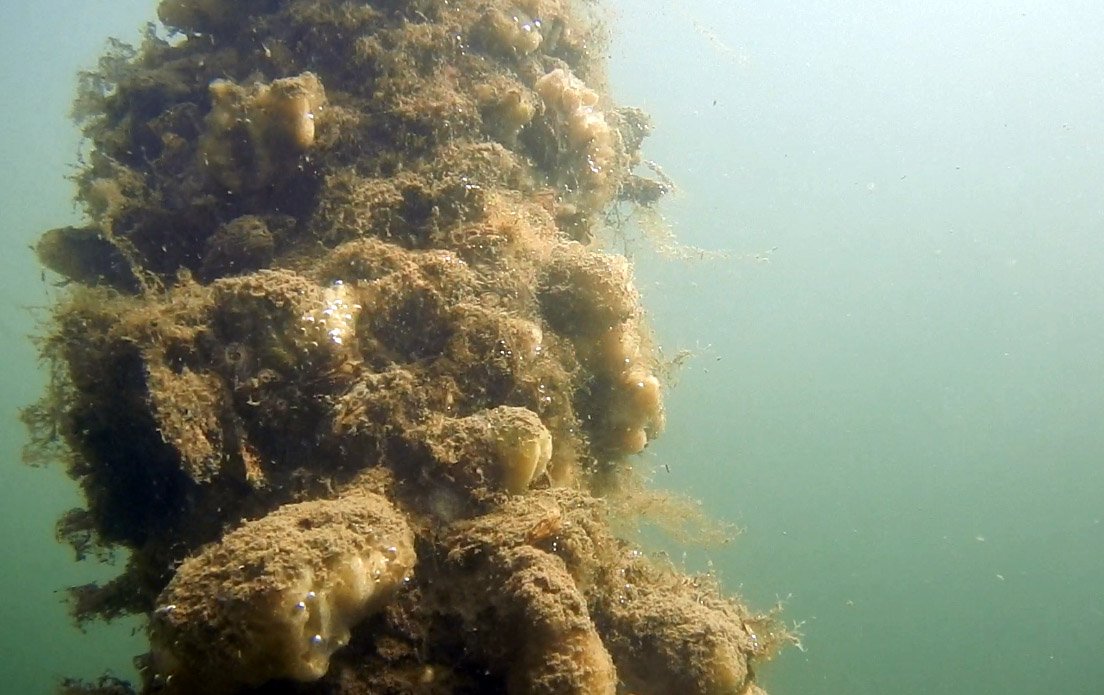
Among the vast family of metal-breathers, two names stand out: Geobacter and Shewanella. Geobacter species are famous for their ability to reduce iron and even produce electricity as a byproduct, earning them the nickname “electric bacteria.” Shewanella, on the other hand, are versatile all-rounders that can switch between different electron acceptors as needed. These microbes aren’t just fascinating—they’re practical, too, and could one day power our devices or clean up pollution.
How Microbes Move Electrons Without Oxygen
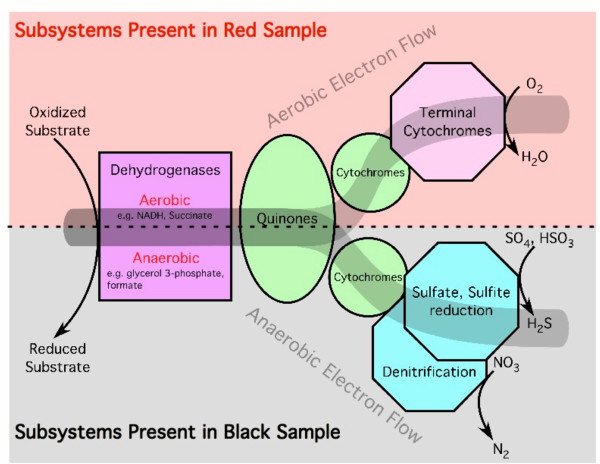
Electron transfer is at the heart of how these microbes thrive. Unlike humans, who rely on the lungs and bloodstream to move oxygen, metal-breathers use specialized proteins called cytochromes to shuttle electrons from their cells to metal particles outside. Some even grow microscopic filaments known as nanowires, which act like tiny electrical cables. Picture a city with underground wires, silently carrying energy where it’s needed—these microbes do it on a molecular scale.
The Role of Metal-Breathers in Earth’s Ecosystems
Metal-breathing microbes aren’t just oddities—they play critical roles in natural cycles. By transforming metals from one chemical form to another, they impact everything from soil fertility to water quality. In wetlands, for example, they help break down organic matter and detoxify harmful compounds. Their activity can even influence the movement of minerals through rocks, shaping the very landscape over eons.
Metal-Breathing Microbes and the Origin of Life
Many scientists believe that the ancestors of modern metal-breathers could be some of the oldest forms of life on Earth. Before there was oxygen in the atmosphere, early microbes likely relied on metals to survive. Studying these organisms gives us tantalizing clues about how life might have begun on this planet—and possibly elsewhere in the universe. It’s a reminder that life is endlessly adaptable, always finding a way, even in the harshest conditions.
Adapting to Total Darkness: Life Without Light
Unlike plants and animals that depend on the sun, metal-breathing microbes are completely indifferent to light. They thrive in perpetual darkness, drawing their energy from chemical reactions rather than sunlight. This independence makes them uniquely suited to underground and underwater environments, and it opens up the possibility that life could exist in similar places on other planets or moons.
Surviving Extreme Heat and Cold

Metal-breathing microbes don’t just tolerate a lack of light and oxygen—they can endure temperature extremes that would kill most life forms. Some thrive in boiling hydrothermal vents, while others persist in icy, ancient permafrost. Their proteins and cell structures are specially adapted to function in these harsh environments, making them survivors in the truest sense of the word.
How Metal-Breathers Clean Up Pollution
One of the most surprising talents of these microbes is their ability to clean up contaminated environments. Certain species can convert toxic metals into less harmful forms or break down pollutants like oil and radioactive waste. This natural recycling process, called bioremediation, is already being used to restore polluted sites around the world. It’s like having a microscopic cleanup crew working around the clock, unseen but incredibly effective.
Electricity-Producing Microbes: Nature’s Tiny Generators
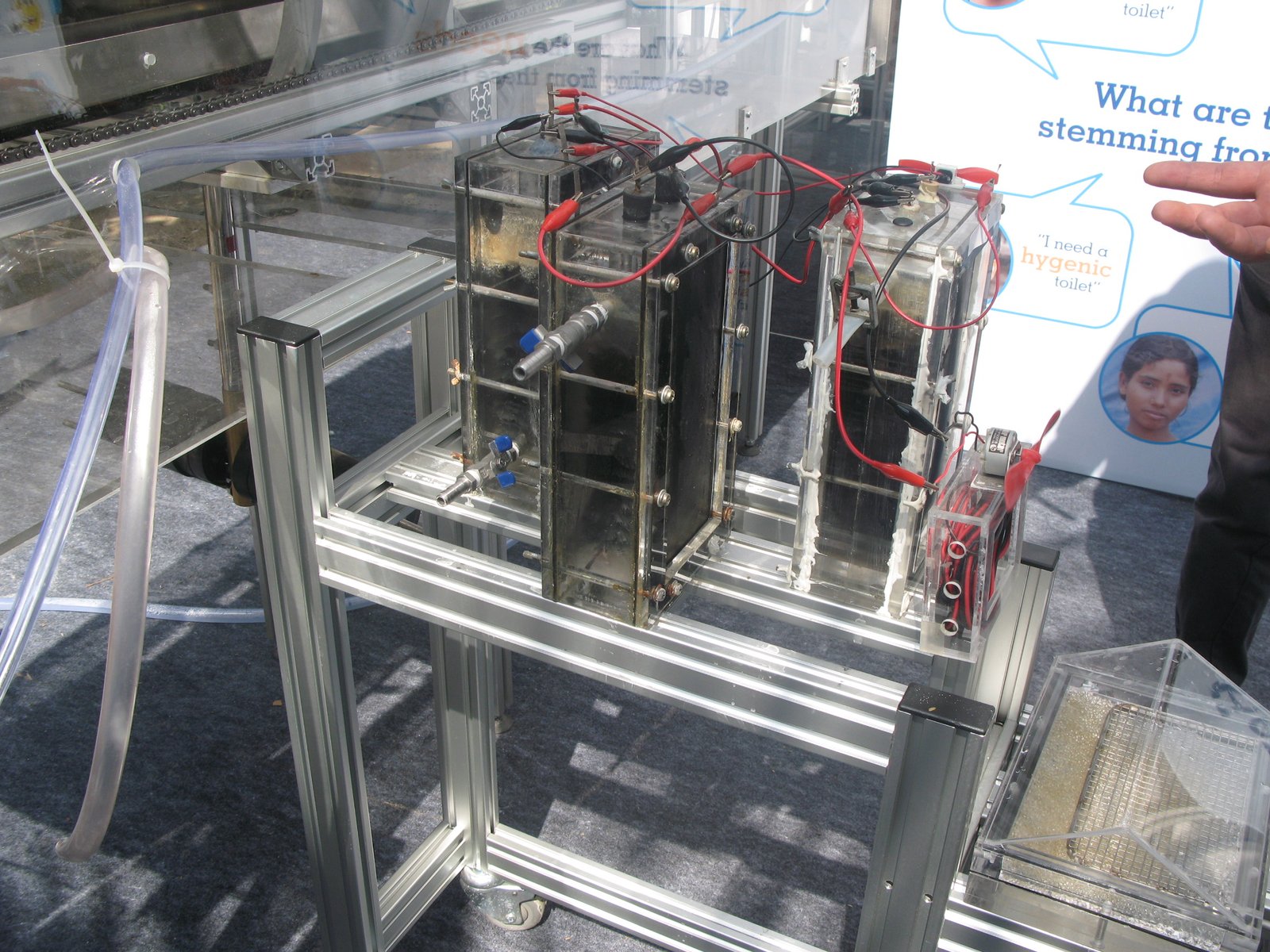
Some metal-breathing microbes don’t just survive—they generate electricity as part of their metabolism. By shuttling electrons to metals or electrodes, these organisms can create tiny but measurable electric currents. Scientists are now exploring ways to harness this ability to develop microbial fuel cells, which could one day power devices in remote locations or provide sustainable energy solutions.
Clues for Life Beyond Earth
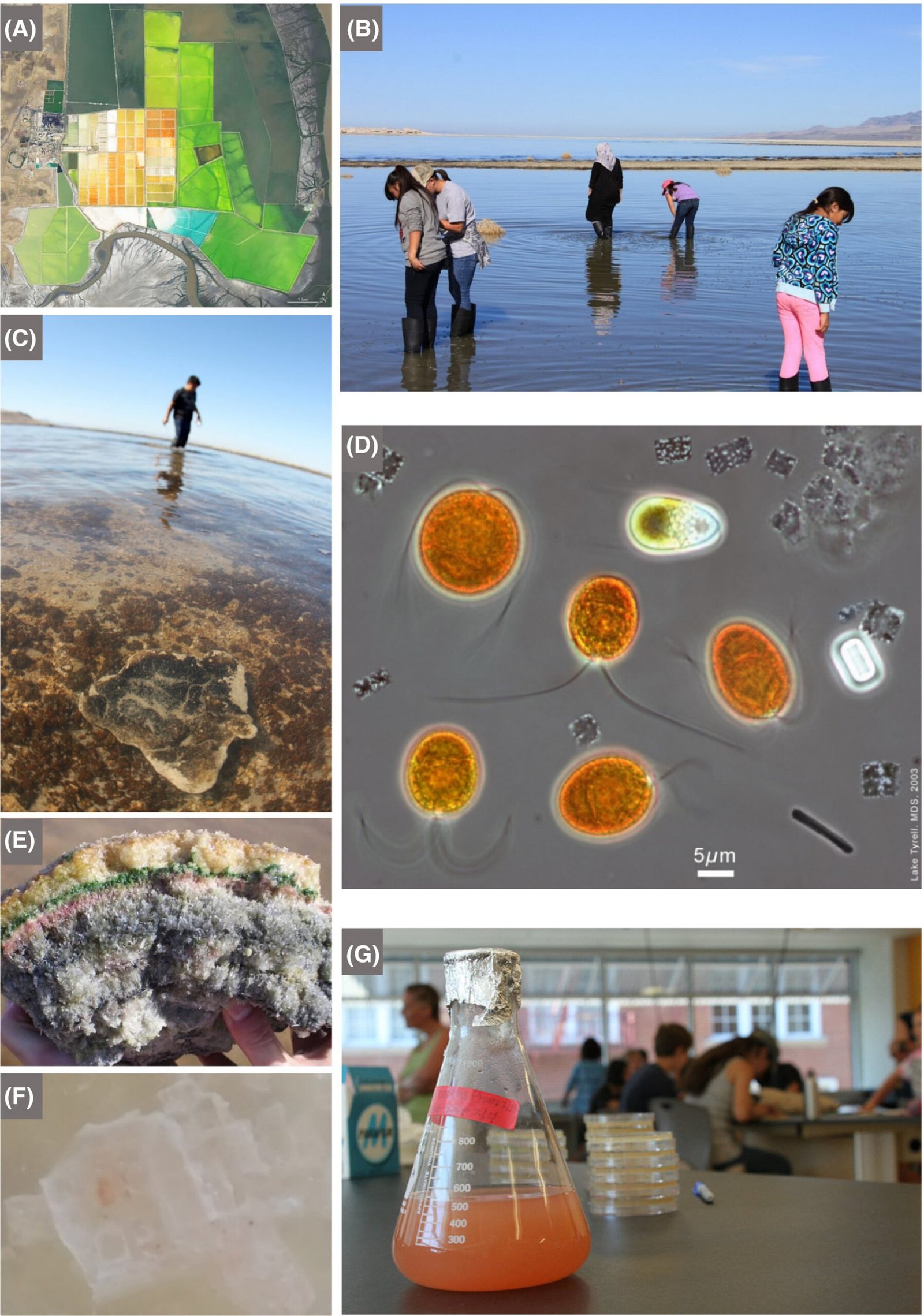
If life can thrive without light or oxygen here, could it do the same on Mars, Europa, or other alien worlds? The study of metal-breathing microbes is fueling exciting speculation about extraterrestrial life. Their metabolic tricks could allow them to survive beneath the icy crusts of moons or deep within Martian soil. Every new discovery about these microbes expands our imagination about where life could exist in the universe.
The Strange Chemistry of Metal Reduction
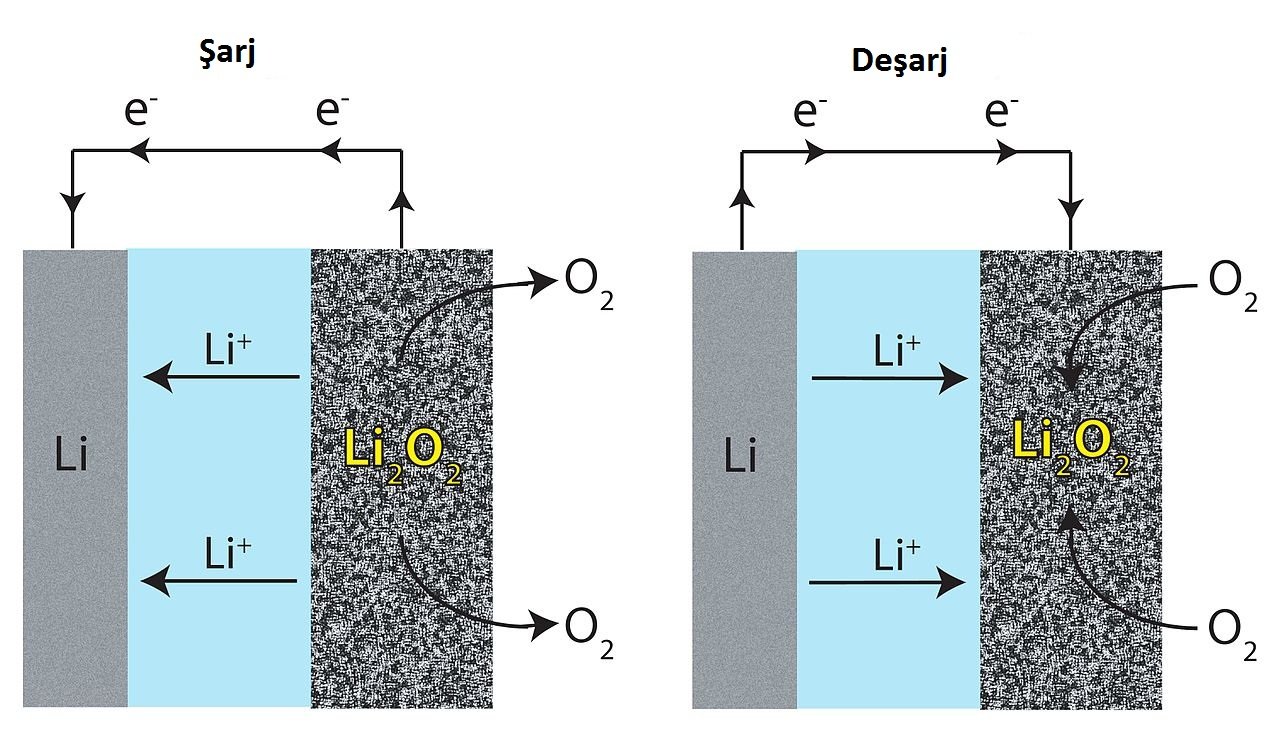
The chemical reactions that metal-breathers rely on are both complex and elegant. By transferring electrons to metal ions, these microbes create new forms of minerals and influence the chemistry of their surroundings. This process can even result in the formation of unique crystals or mineral deposits, some of which are valuable resources for industry and research.
Detecting Metal-Breathers in the Wild
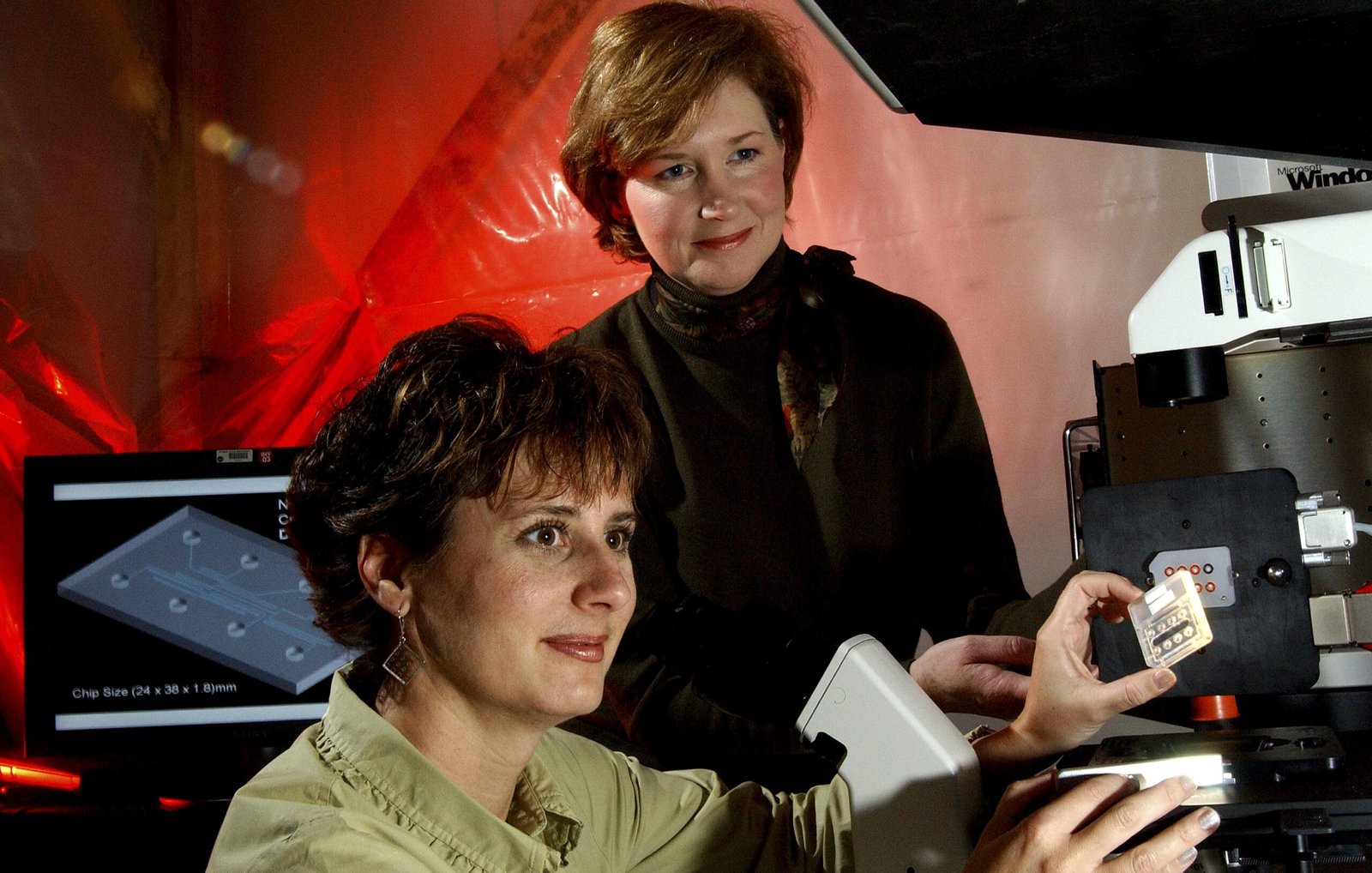
Finding these microbes is no easy task. Scientists use a combination of DNA sequencing, chemical analysis, and even tiny electrical sensors to detect their presence in soil, water, and rock samples. Sometimes, the only clue is a subtle change in mineral color or a faint electric current. It’s a bit like detective work, piecing together evidence to reveal life forms that are otherwise invisible.
Engineering with Metal-Breathing Microbes
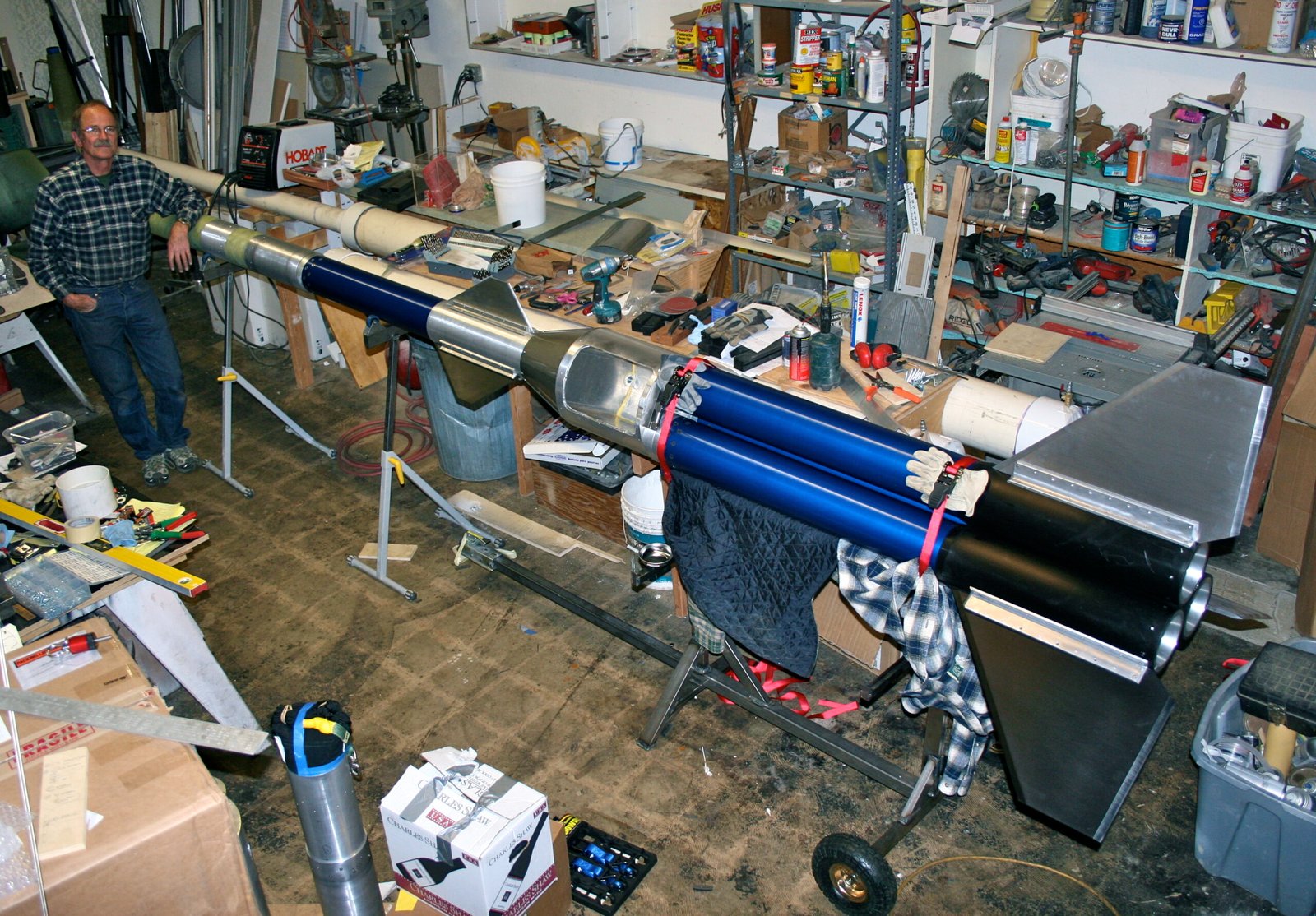
Researchers are now learning how to harness the abilities of these microbes for practical applications. From building “living batteries” to designing new water treatment methods, the possibilities are enormous. Imagine a future where our electronics are powered by bacteria, or where contaminated groundwater is purified by invisible armies of metal-breathing microbes. The technology is still young, but the potential is electrifying.
Evolutionary Wonders: How Metal-Breathers Adapt and Persist
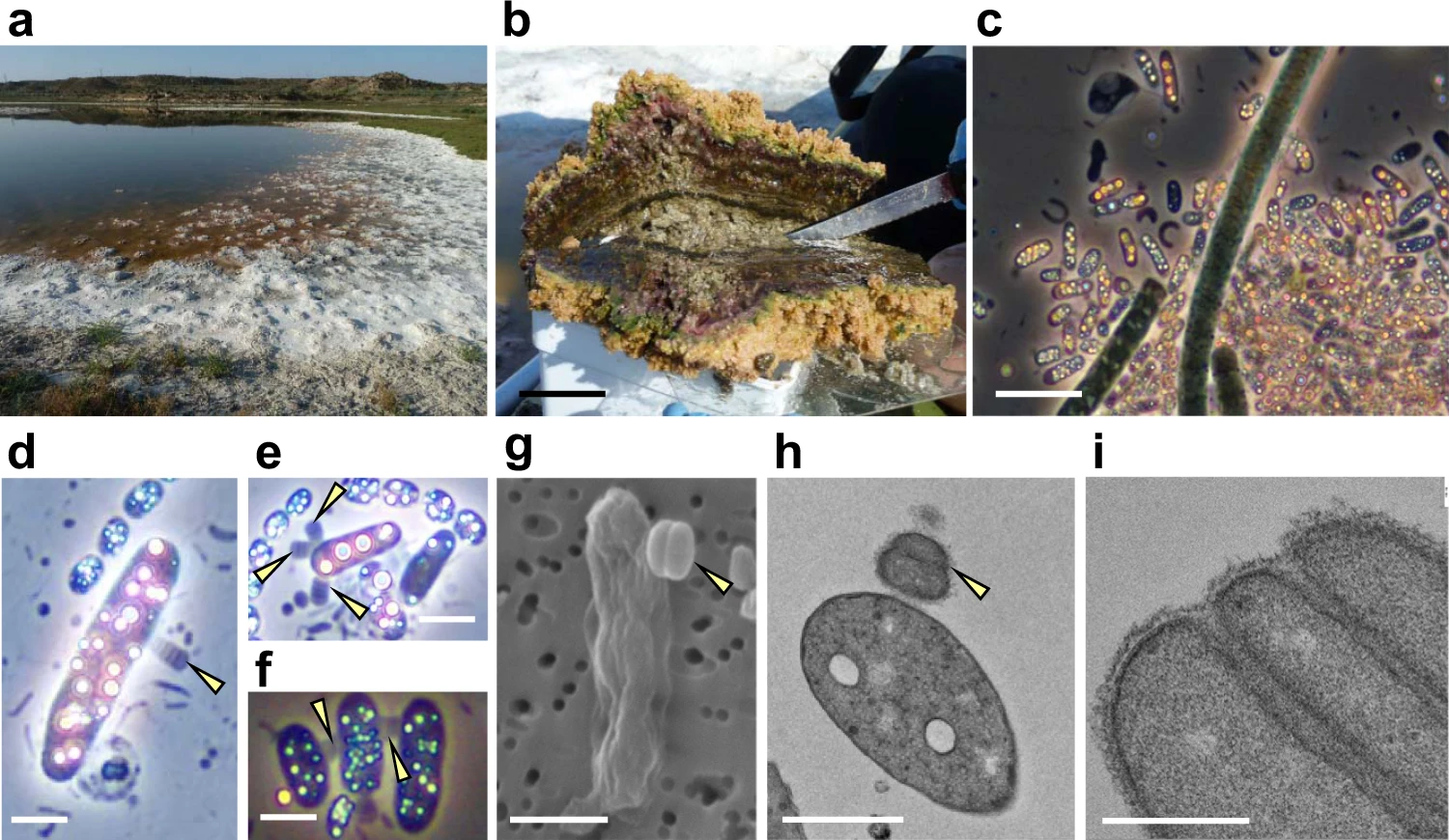
The ability to breathe metal didn’t appear overnight. It’s the result of millions of years of evolution, with microbes constantly adapting to new and challenging environments. Some have even developed the ability to switch between different forms of respiration, depending on what’s available. This evolutionary flexibility is a testament to the resilience of life and its endless capacity for innovation.
Human Health and the Hidden Microbial World

It might surprise you, but metal-breathing microbes can even influence human health—sometimes for the better. In some cases, they help keep groundwater clean and free from toxic metals. However, under certain conditions, they can also mobilize harmful substances, such as arsenic, making water unsafe. Understanding these processes is crucial for protecting both our health and the environment.
What the Future Holds: Unanswered Questions and New Frontiers

Despite all we’ve learned, the world of metal-breathing microbes remains full of mysteries. How many species are out there, waiting to be discovered? Could we one day use them to build cities underground or travel to other planets? The more scientists study these tiny life forms, the more they realize how much there is still to uncover. The next big breakthrough could be just beneath our feet, hidden in the darkness, waiting to change the world once again.



